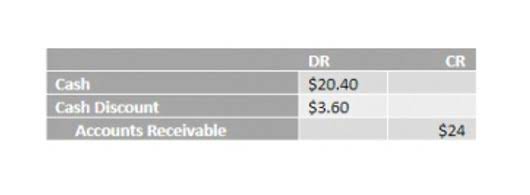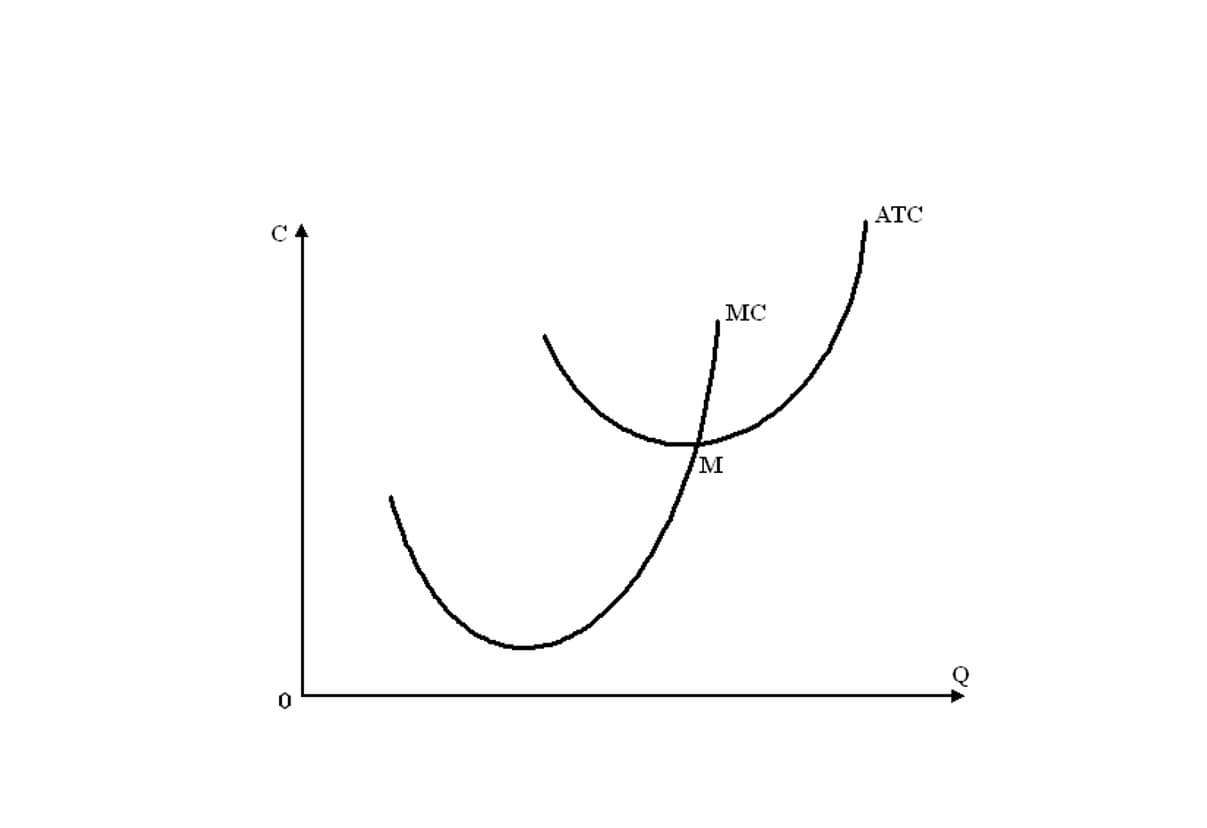
Liabilities also include amounts received in advance for a future sale or for a future service to be performed. As a result these items are not reported among the assets appearing on the balance sheet. Long-term liabilities, which are also known as noncurrent liabilities, are obligations that are not due within one year of the balance sheet date.

Accounting for Liabilities
In conclusion, proper recognition and measurement of liabilities are essential for maintaining accurate and transparent financial statements. Understanding the criteria and measurement methods for liabilities helps organizations maintain a clear and confident financial position while facilitating informed decision-making. These types of liabilities are helpful for understanding how much long-term debt a QuickBooks business has and how it might affect future planning. Non-current liabilities are debts that don’t need to be paid off right away.

Understanding the Mechanism of Liabilities
- This article focuses on liabilities to clarify how they are recorded and managed within the debit and credit framework.
- These accounts are essential components of the accounting system and appear on the right side of a company’s balance sheet.
- Examples of current liabilities are trade creditors, bills payable, outstanding expenses, bank overdraft etc.
- Another important ratio influenced by liabilities is the current ratio, which assesses a company’s ability to meet its short-term obligations with its short-term assets.
- This situation arises when companies offer customers installment payments or other payment plans for their products or services.
- Under IFRS, liabilities are defined as present obligations arising from past events, the settlement of which is expected to result in an outflow of resources.
Wages payable is recorded as a current liability as it is expected to be paid within one year. Current liabilities are financial obligations of a business entity that are due and payable within a year. A liability occurs when a company has undergone a transaction that has generated an expectation for a future outflow of cash or other economic resources.
What Are Total Liabilities? Types and How To Calculate Them
- For example, if a business purchases supplies on credit, it incurs an obligation to pay the supplier.
- This tells the reader that the amounts reported for sales and expenses are the total amounts for the 365 days of the year.
- Businesses often use them to account for payroll or property taxes due later.
- Your business balance sheet gives you a snapshot of your company’s finances and shows your assets, liabilities, and equity.
- The statement of cash flows (or cash flow statement) is one of the main financial statements (along with the income statement and balance sheet).
In this section, we will explore several common types of liabilities and their significance. In conclusion, understanding liabilities and their classification as current or long-term is essential for investors, lenders, and companies alike. This knowledge helps to assess a company’s financial health, evaluate its ability to meet its obligations, and make informed decisions about investments and financing. Liabilities also impact the interest coverage ratio, which measures a company’s ability to pay interest on its outstanding debt. This ratio is calculated by dividing earnings before interest and taxes (EBIT) by interest expenses.
What Are Accrued Dividends and How Are They Taxed?
Don’t forget about the current portion of long-term debt—those loan payments coming due within the next 12 months. This amount gets reclassified from your long-term liabilities section as the payment date approaches, giving a clearer picture of your near-term obligations. In accounting terms, it’s a present obligation that stems from something that happened in the past and will likely require you to part with resources in the future.
Different types of liabilities in accounting
These are the periodic payments made by a lessee (the business) to a lessor (property owner) for the right to use an asset, such as property, plant or equipment. In accounting terms, leases can be classified as either operating leases or finance leases. An operating account liabilities lease is recorded as a rental expense, while a finance lease is treated as a long-term liability and an asset on the balance sheet. Proper understanding and management of liabilities in accounting are essential for a company’s financial stability and growth.
Some jurisdictions prohibit payments if they would render a company insolvent. Businesses must also communicate payment schedules and tax implications to shareholders. In the U.S., dividends are subject to withholding taxes, and companies must issue Form 1099-DIV for reporting purposes. Proper management of dividends payable strengthens investor relations while safeguarding financial stability.


Assets are broken out into current assets (those likely to be converted into cash within one year) and non-current assets (those that will provide economic benefits for one year or more). Simply put, a business should have enough assets (items of financial value) to pay off its debt. If the revenues earned are a main activity of the business, they are considered to be operating revenues. If the revenues come from a secondary activity, they are considered to be nonoperating revenues.

Types of Liabilities
Because you typically need to pay vendors quickly, https://1bd.4fa.myftpupload.com/best-5-payroll-management-tools-for-simplified-pay/ accounts payable is a current liability. A provision is a liability or reduction in the value of an asset that an entity elects to recognize now, before it has exact information about the amount involved. For example, an entity routinely records provisions for bad debts, sales allowances, and inventory obsolescence. Less common provisions are for severance payments, asset impairments, and reorganization costs. Recent changes in accounting standards, such as updates to IFRS or GAAP, can significantly impact how liabilities are recognized and measured. For example, IFRS 16 requires companies to recognize lease liabilities on the balance sheet, which can substantially alter reported figures for businesses with significant lease agreements.

